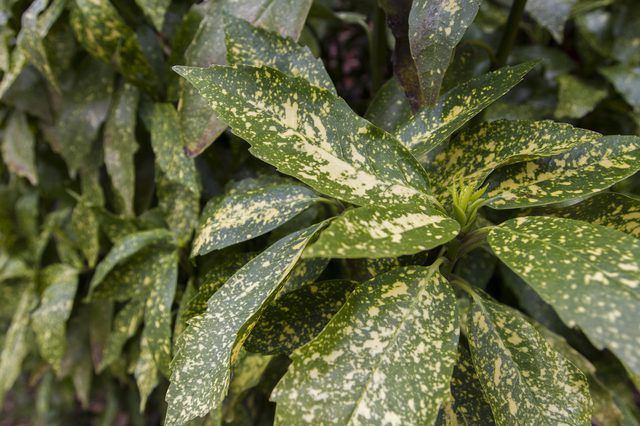Bulbs
Flower Basics
Flower Beds & Specialty Gardens
Flower Garden
Garden Furniture
Garden Gnomes
Garden Seeds
Garden Sheds
Garden Statues
Garden Tools & Supplies
Gardening Basics
Green & Organic
Groundcovers & Vines
Growing Annuals
Growing Basil
Growing Beans
Growing Berries
Growing Blueberries
Growing Cactus
Growing Corn
Growing Cotton
Growing Edibles
Growing Flowers
Growing Garlic
Growing Grapes
Growing Grass
Growing Herbs
Growing Jasmine
Growing Mint
Growing Mushrooms
Orchids
Growing Peanuts
Growing Perennials
Growing Plants
Growing Rosemary
Growing Roses
Growing Strawberries
Growing Sunflowers
Growing Thyme
Growing Tomatoes
Growing Tulips
Growing Vegetables
Herb Basics
Herb Garden
Indoor Growing
Landscaping Basics
Landscaping Patios
Landscaping Plants
Landscaping Shrubs
Landscaping Trees
Landscaping Walks & Pathways
Lawn Basics
Lawn Maintenance
Lawn Mowers
Lawn Ornaments
Lawn Planting
Lawn Tools
Outdoor Growing
Overall Landscape Planning
Pests, Weeds & Problems
Plant Basics
Rock Garden
Rose Garden
Shrubs
Soil
Specialty Gardens
Trees
Vegetable Garden
Yard Maintenance
How to Care for the Aucuba Plant
How to Care for the Aucuba Plant. Shine the spotlight on dim garden or interior corners with Aucuba japonica, commonly called Japanese laurels. Delicate purple spring flowers adorn the lustrous-leaved evergreens, and fiery red fall berries intensify the impact of pollinated female plants. Many Japanese laurel cultivars feature yellow- or...
Shine the spotlight on dim garden or interior corners with Aucuba japonica, commonly called Japanese laurels. Delicate purple spring flowers adorn the lustrous-leaved evergreens, and fiery red fall berries intensify the impact of pollinated female plants. Many Japanese laurel cultivars feature yellow- or cream-variegated foliage. Suitable for U.S. Department of Agriculture plant hardiness zones 6 through 10, depending on variety, the shrubs overwinter indoors elsewhere. Also known as spotted laurels and gold-dust plants, Japanese laurels grow up to 10 feet tall.
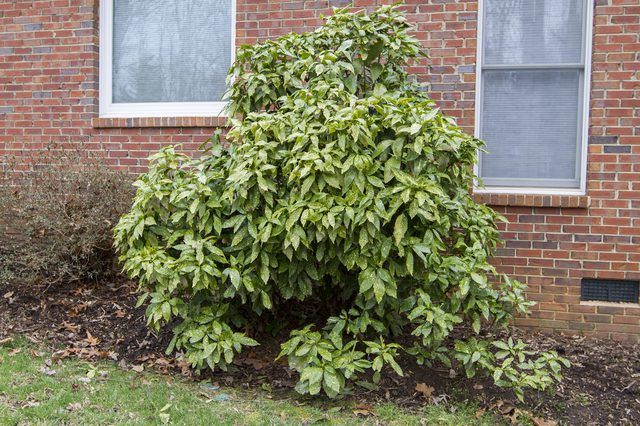
Size and age dictate a Japanese laurelís watering schedule. A 1-gallon shrub requires between 4 to 6 gallons of water weekly during the first year after planting. For efficient watering, use a soaker hose to water slowly and deeply around the base of the plant, wetting the soil out to the dripline where rainwater falls from the branches to the soil. When new growth appears, cut back to 2 gallons weekly. Even drought-tolerant, established Japanese laurels grow more quickly with 18 gallons of water -- including rain -- each month. After they've reached the desired size, rain is enough. Plants in pots of 8 inches in diameter or larger need water when the top 1 inch of their soil feels dry. For smaller pots, make that the top 1/2 inch. Use only pots that have drainage holes so the roots don't sit in water.
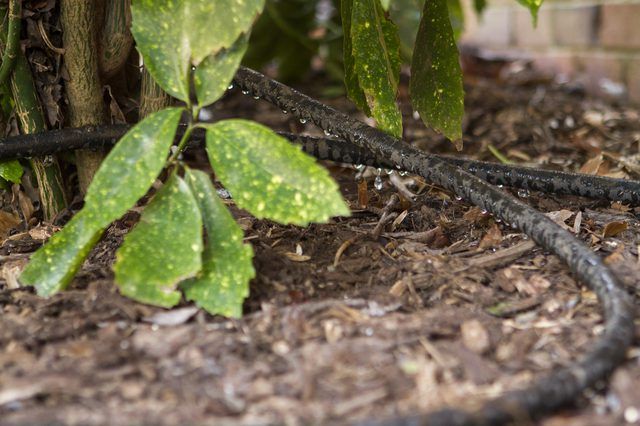
For vigorous growth and rich leaf color, feed established Japanese laurels twice yearly with slow-release, granular 12-6-6 fertilizer. In spring, apply 1 1/2 to 2 pounds, or the label's specified amount, for each 100 square feet. Scatter it lightly beneath and just beyond the branches. In fall, fertilize with 1 pound per 100 square feet. Dose actively growing potted plants every six weeks. Use 1 teaspoon for a 6 inch pot or 2 tablespoons for each 1 square foot of soil for a larger one. Keep the fertilizer away from the stems and leaves, and water it into the soil well.

Aphids, mealybugs and armored scale insects feed on Japanese laurel sap. Greasy, black sooty mold fungus often accompanies aphids and mealybugs. Remove small infestations of the bugs with a blast of water, and scrape armored scales off with a toothbrush. Suffocate large insect colonies with ready-to-use insecticidal soap, spraying on a cloudy day until all the plants' surfaces drip. Repeat weekly, or the label's suggested intervals, until the bugs are gone. Irregular, brownish or yellow spots on your plantsí leaves indicate a Phyllosticta fungal infection. Removing those leaves controls it.
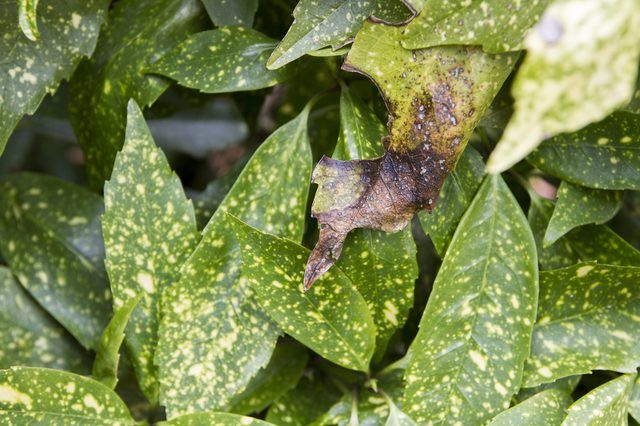
Japanese laurel responds well to heavy pruning. Don't hesitate to reshape an overgrown plant before its new leaves open in late winter or early spring. Cut back lanky stems whenever they begin to bend. If leaves on a variegated cultivar begin reverting to solid green, remove the offending branches. Never take more than one-third of the branches at a time, and use sharp, clean tools you disinfect between cuts with a solution of 1 part household bleach to 9 parts water.
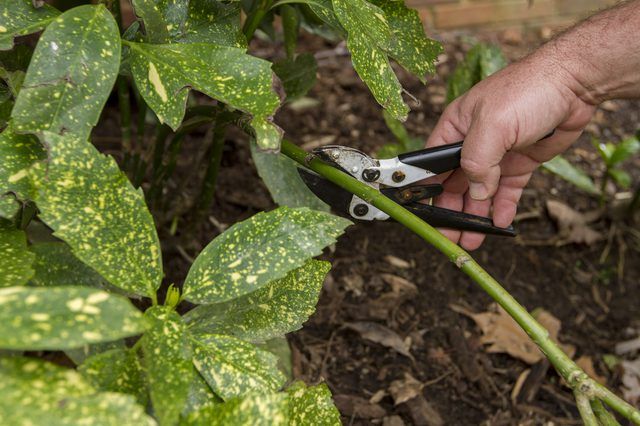
Eating Japanese laurelís red berries or leaves can make you sick. To be on the safe side, keep the plants off limits to small children and pets.
